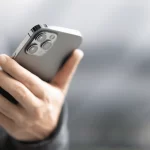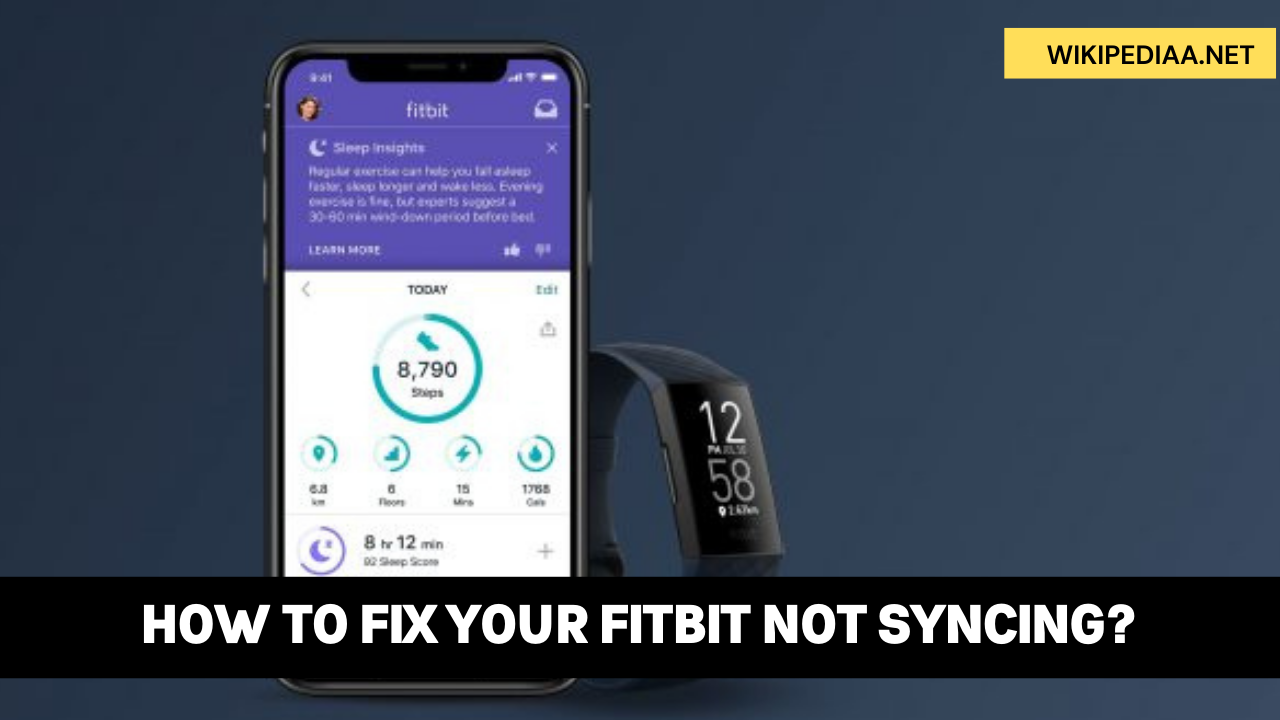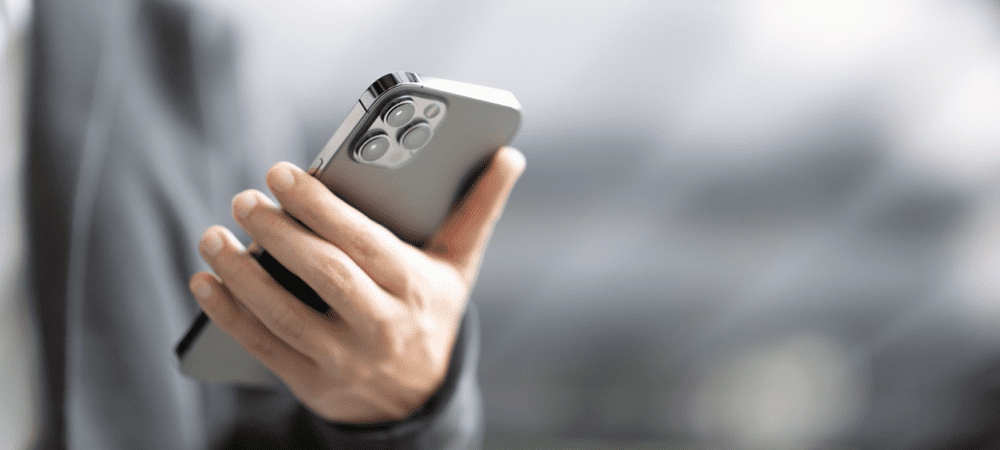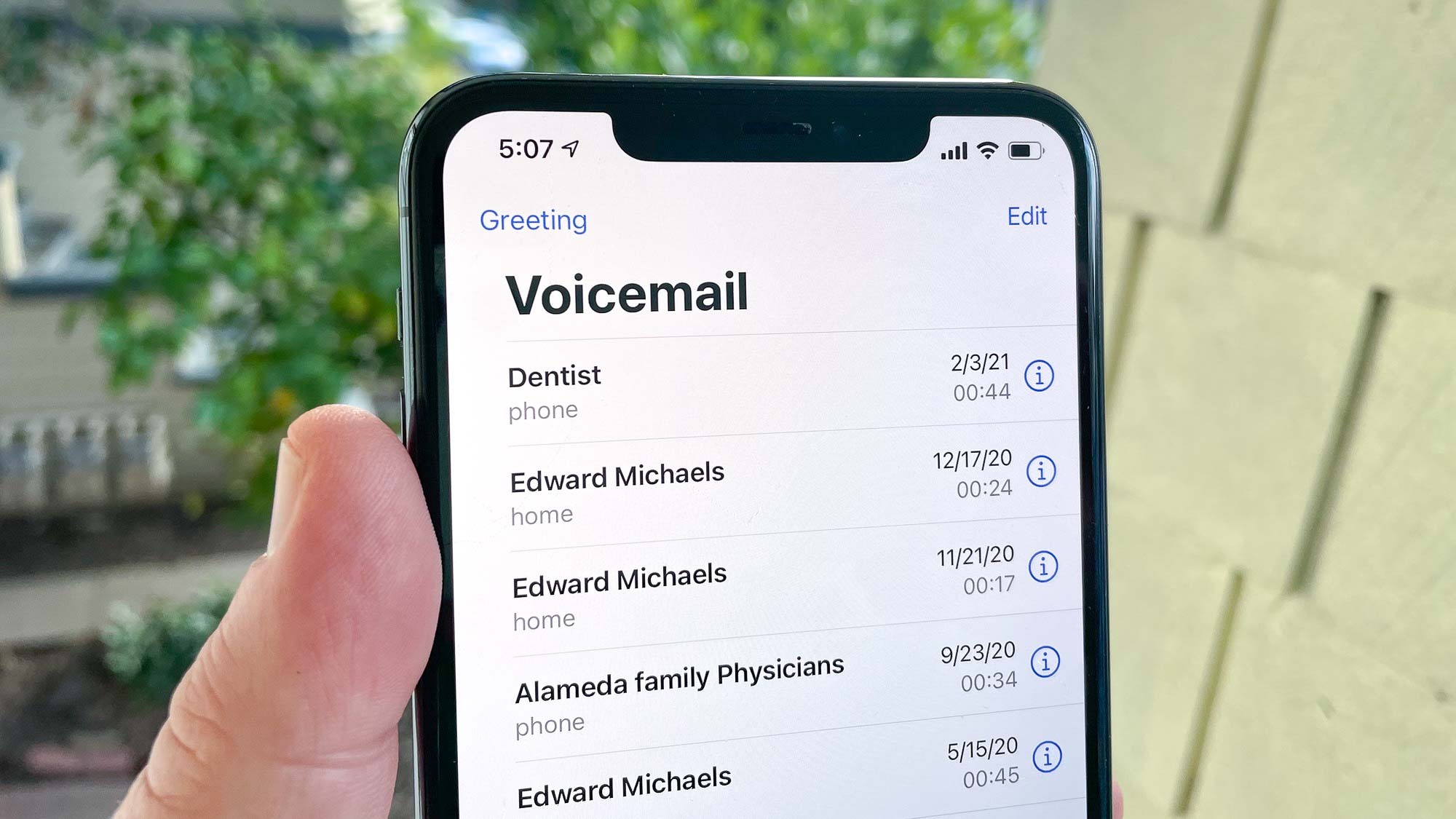If you own a Fitbit, or maybe an Apple Watch, there are certain things that may prevent your devices from syncing properly, such as not having downloaded the most current version of the app or having opted-out of using Bluetooth.

There are several fixes for which we list and explain below.
Cause of Fitbit Sync Errors
When a Fitbit is syncing with your Android or iOS phone, and it stops, it could be because your smartphone’s Bluetooth connection is failing. This sync failure may also accompany the Fitbit tracker becoming disconnected from the additional computer, iPod touch, and tablet previously paired with.
How to Fix a Fitbit Tracker Sync Problem
Fitbit is a popular brand, and most people can’t wait to get STARTED with it as soon as they receive their fitness tracker. It’s therefore natural for the Fitbit syncing issues on iPhone, Android, and other devices to confuse many. However, there are a few proven ways to sync your Fitbit so that you need not worry about any error messages popping up on your screen ever again.
1-Manually sync your Fitbit with your phone
Fitbit is trying to communicate something important to you. Whenever the Fitbit app says it requires your attention, the Fitbit app wants you to do a few things, such as rewarding yourself for making good use of your day by moving around enough (like taking a break from work and going on an after-hours walk) or simply double-checking that you’ve already secured your Fitbit with the proper orientation before hitting the hay at night.
2-Check the Bluetooth settings
A Fitbit tracker syncs data to smartphones, computers using Bluetooth. If Bluetooth doesn’t work on the device on which it’s being used, having a Fitbit wearable will be useless.
3-Install the Fitbit app on your device
Currently, Fitbit only syncs with a few devices. You can sync data from your Fitbit tracker to your computer via the Fitbit app, which can be downloaded either on iTunes or Android Playstore. Or you could sync data from your tracker onto your phone via the Misfit app (which also has an App Store version available)
4-Update your Fitbit
If you’re having trouble accomplishing your goal, you may find it to be easier once you have updated your device as well as your technology.
5-Only sync the Fitbit to one device
Syncing Fitbit devices to computers, smartphones or tablets can be tricky.
One more thing is that you’ll have the best results if you pair your Fitbit device with only one device at a time when out of the house and then again with either the same one when at home, or with another computer entirely to ensure you’re getting a full sync.
Disconnecting and reconnecting your device as often as possible and making sure it’s completely turned off when attempting to sync will give you the best likelihood of success!
6-Turn off Wi-Fi
You must disable your Fitbit tracker’s Bluetooth if you will be using it while also in contact with a Wi-Fi network on your mobile device.
The combination of these two can lead to interference, which is why one should remember to deactivate their Fitbit device’s connection with Bluetooth each time they connect to a Wi-Fi network.
7-Charge your Fitbit’s battery
If you have a Fitbit tracker at home, try checking in on it every once in awhile. This is because when they’re not worn consistently, they may get lost or forgotten about (i.e., misplaced).
Because Fitbit devices are so easy to conceal – either in a pocket or bag – it’s easy to forget them in said places as you’re running out of the house every morning.
While this can be annoying for most people with a busy schedule, it could quickly destroy your Fitbit device unless someone remembers to tell you that it’s charging!

8-Turn your Fitbit off and on again
Restarting a Fitbit could improve the performance of a tool that you use in your daily work. There are some simple steps you can follow which will allow you to refresh its system from time to time.
It improves its overall efficiency by defragmenting and cleaning it from unwanted files if done correctly.
These steps may vary depending on which device you use. You must listen carefully and follow them in order, or else the whole process will backfire. Even though restarting a Fitbit won’t affect any data stored on it, make sure all notifications are backed up, so nothing is lost during this process!
9-Reset your Fitbit tracker
Resetting your Fitbit will delete any saved data and reset the fitness tracker to its original factory settings, which can be helpful for troubleshooting but might erase the information stored on your Fitbit if you don’t want it to.
Standard Fitbits like the Charge 2 or Surge requires that you remove the device’s back cover and insert a paperclip into a small hole which is used as a reset button.
For other trackers like the Flex 2, Alta/Alta HR, Zip, and One, you’ll need to navigate through settings for your device via an app you’ve installed on your smartphone or connected computer on their website. Some devices like the Blaze have no factory reset option available.











